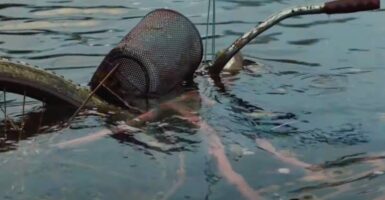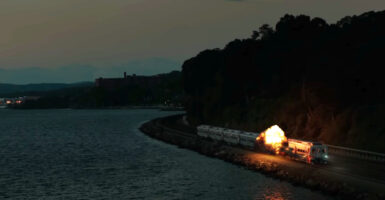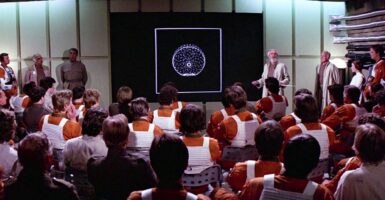Apollo 11’s F-1 Rocket Discovered On The Ocean Floor
This article is more than 2 years old
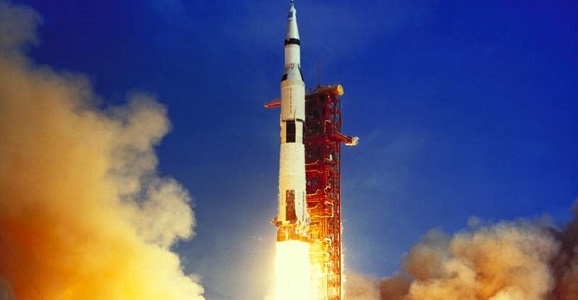 The only things I’ve ever gotten from the bottom of an ocean are leg wounds from being whisked along jagged rocks. Amazon CEO and mega-bazillionaire Jeff Bezos and his company, Bezos Expeditions, have confirmed via press release that the rocket engine parts found at the bottom of the Atlantic Ocean are indeed the same ones that came from the Apollo 11 Saturn V rocket that made history in 1969. Well, I guess the astronauts aboard the shuttle were actually the ones to make history, but that’s splitting hairs.
The only things I’ve ever gotten from the bottom of an ocean are leg wounds from being whisked along jagged rocks. Amazon CEO and mega-bazillionaire Jeff Bezos and his company, Bezos Expeditions, have confirmed via press release that the rocket engine parts found at the bottom of the Atlantic Ocean are indeed the same ones that came from the Apollo 11 Saturn V rocket that made history in 1969. Well, I guess the astronauts aboard the shuttle were actually the ones to make history, but that’s splitting hairs.
Back in March, the Expedition team recovered a sizable number of wrecked and warped pieces from two F-1 engines that were known to be from one of NASA‘s heyday missions. At the time it couldn’t be determined which one they were from, given they sat three miles beneath the surface of the ocean for over forty years. After some restoration efforts, the pieces were scanned with a black light and special lens filter, and that’s when they found what they were hoping for: the number 2044 stenciled into the side of a thrust chamber. 2044 is the Rocketdyne serial number that matches up with NASA’s serial number 6044, which is the very same one that corresponds to F-1 Engine #5 from the Apollo 11 mission.
“The intrepid conservator kept digging for more evidence,” Bezos wrote in his release. “And after removing more corrosion at the base of the same thrust chamber, he found it – ‘Unit No 2044’ – stamped into the metal surface.” Take a look at the mystery-solving photos below.
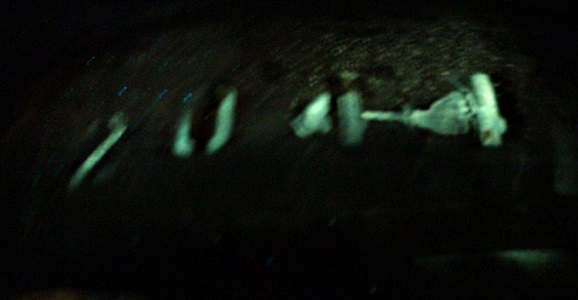
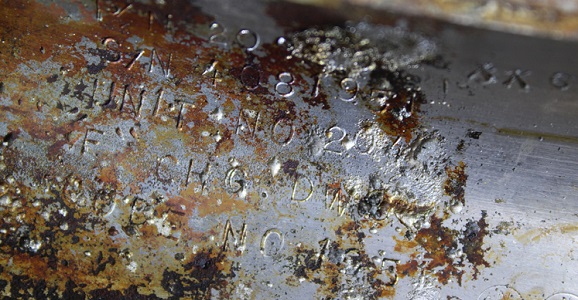 It’s both an amazing accomplishment and a timely press release, given that today is the 44th anniversary of Neil Armstrong‘s monumental first steps on the moon. It’s sad to think that he died before this discovery could be made. I’d like to think he would have said, “It’s one small step for a man with billions of dollars…”
It’s both an amazing accomplishment and a timely press release, given that today is the 44th anniversary of Neil Armstrong‘s monumental first steps on the moon. It’s sad to think that he died before this discovery could be made. I’d like to think he would have said, “It’s one small step for a man with billions of dollars…”
All of the cleaning and restoring was done at the Kansas Cosmosphere and Space Center in Hutchinson, Kansas. I’m anxious to see where these pieces will go on display. Will Bezos put them into a museum he’s graced with donations, or will he just build a new museum for them? Maybe one day, they can be displayed in the middle of the moon’s national park.
Have a look at the recovery video below and take a few minutes today to remember just how big an accomplishment Armstrong’s moonwalk was 44 years ago.

